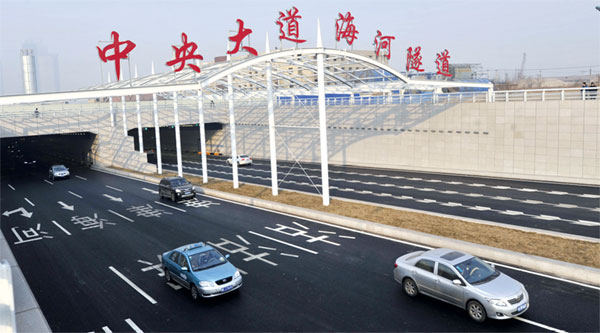Road map points the way forward for proposed industrial cluster
Updated: 2015-08-07 09:26
By Zheng Jinran(China Daily Europe)
|
|||||||||||
|
Cars pass through a tunnel under Tianjin's Haihe River. [Photo/Xinhua] |
Easing Beijing's burden
The relocations and deeper integration will help to ease some of the burden on the capital, which saw its population hit 21.5 million last year and is now faced with severe "urban diseases", such as heavily congested roads and environmental pollution.
Yu Zhongfu, a researcher at the office of the Beijing Party committee, says the transfer of industries and administrative departments provides effective, urgently needed ways of tackling the issues, and that the economic planning department is fully aware of the need to ease the pressures that result from unbalanced population growth.
According to Lu Yan, director of the Beijing Development and Reform Commission, four industrial sectors - general manufacturing, regional logistics and wholesale markets, parts of the education and healthcare industries, and some government departments and public institutions - will be relocated to Tongzhou, Tianjin and Hebei to tackle the problems of population growth and pollution.
The number of industries prohibited from operating in the capital's downtown area or working under strict regulation will also be increased, he says. About 79 percent of the major national industrial categories will eventually be prevented from operating in the six downtown districts, and the city will phase out around 1,200 polluting companies by 2017 to improve the environment.
Zhang Boxu, head of the Beijing Economy and Business Bureau, says, "Since 2014, Beijing has relocated more than 80 projects to Hebei province, with total investment reaching 120 billion yuan."
When the integration is complete, the annual value of goods produced in the new cluster could exceed 250 bill-ion yuan, providing a strong driver for the regional economy, he says.
According to the road map, one of the major aims of the integration program is the reduction of the capital's population. The authorities plan to have a maximum of 23 million people living in the downtown areas by 2020, which will require an annual reduction of 2 to 3 percent, leading to an overall decline of about 15 percent at the end of the five-year period.
However, Beijing has faced problems hitting its population targets this year. Lu Yan, from the economic planning department, says the capital's population grew by 1.7 percent in the first half of the year, and so far the relocation of industry has failed to reduce the downtown population as effectively as anticipated.
He says the city will redouble its efforts to control population growth by restricting illegal construction of homes and by issuing new household registration, or hukou, certificates to regulate the movement of large numbers of migrants to the city.
Despite the concerns about poor facilities and traffic congestion expressed by some employees, the authorities stress that work is underway to prepare Tongzhou for its new inhabitants.
Huang, from the Beijing Urban Planning Commission, says the government does not intend to build a "new" Tongzhou, but to upgrade the district by improving the transportation infrastructure and shaking up the urban planning process.
Today's Top News
China rejects Philippine, Japanese, US claims on S. China Sea issue
MH370 passengers' families want more answers
'New Suez Canal' opened
for ship traffic
Trump won't rule out third-party run
China asks further probe into MH370
China's property taxes coming soon
Seven arrested for trafficking women into sex slavery in China
ROK's ex-first lady begins
DPRK visit
Hot Topics
Lunar probe , China growth forecasts, Emission rules get tougher, China seen through 'colored lens', International board,
Editor's Picks
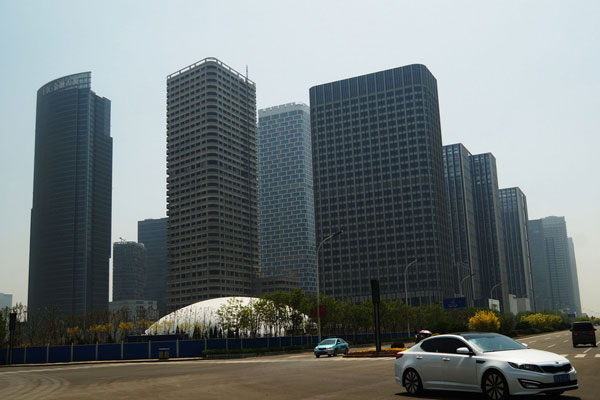
|
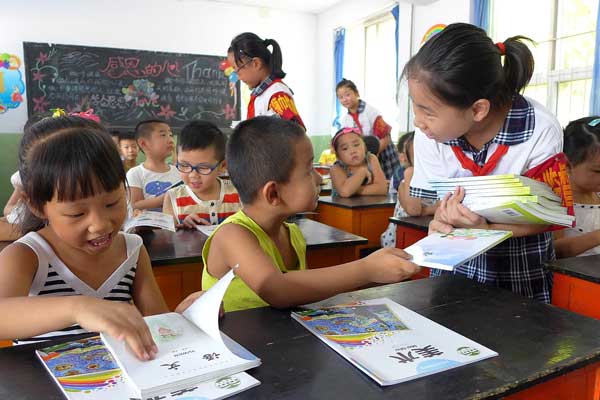
|

|
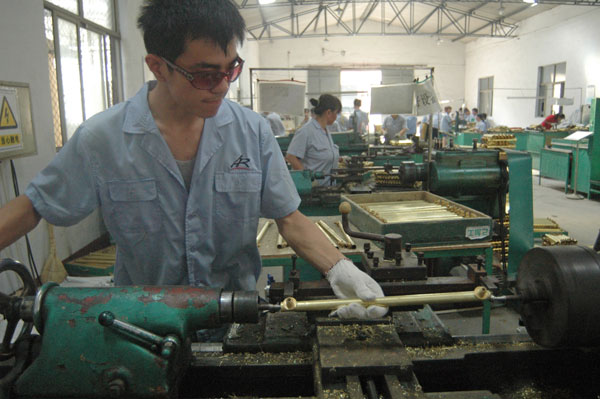
|

|
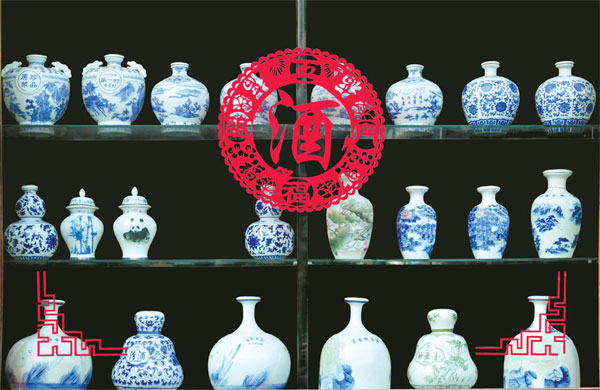
|
